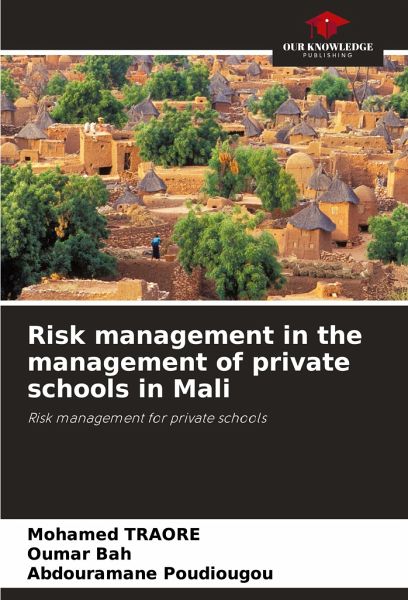
Risk management in the management of private schools in Mali
Risk management for private schools
Versandkostenfrei!
Versandfertig in 6-10 Tagen
27,99 €
inkl. MwSt.

PAYBACK Punkte
14 °P sammeln!
For a long time dominated by public education structures, the Malian education system has gradually seen the appearance and development of private education structures. Currently, all parts of the Malian education system remain under the control of private educational structures. This hold is all the more important in technical and vocational education, which accounts for more than 70% of the school population. In the context of the explosion in school enrollment, this hold is maintained and encouraged by the public authorities, which have signed agreements with private schools. The viability ...
For a long time dominated by public education structures, the Malian education system has gradually seen the appearance and development of private education structures. Currently, all parts of the Malian education system remain under the control of private educational structures. This hold is all the more important in technical and vocational education, which accounts for more than 70% of the school population. In the context of the explosion in school enrollment, this hold is maintained and encouraged by the public authorities, which have signed agreements with private schools. The viability of this agreement is threatened by the many risks to which these private schools are exposed: institutional risks, financial risks, management risks, operational risks, etc. This article uses a quantitative methodology to highlight these risks and to propose solutions to make these private schools more efficient so that they can provide quality training services to their clients, the students












